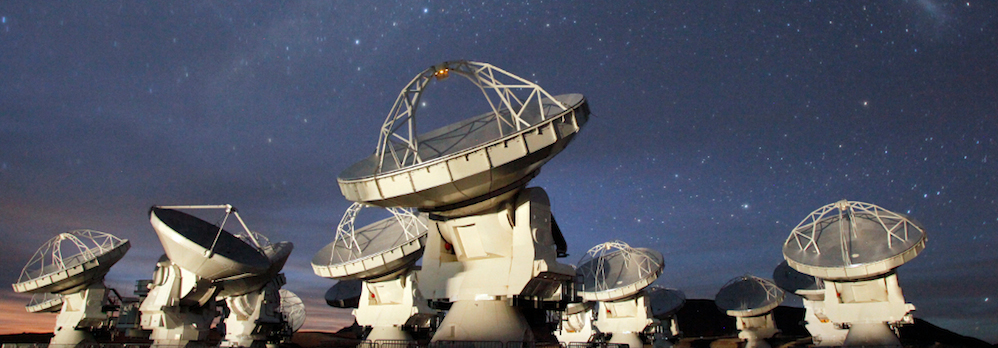
HST image and GTC/OSIRIS spectra of the “Teacup” containing the Hα+[NII] lines. We highlight prominent emission line features such as the NE and SW bubbles. For further details, see Villar-Martín et al. 2017.
In a recent work published in the MNRAS journal Montserrat Villar and colleagues have obtained yet another exiting result related to the “Teacup”. Using the 10m GTC Spanish telescope and the OSIRIS instrument, the authors have discovered a giant gaseous structure associated with it, that extends for more than 300.000 light years. We are able to see this enormous ionized nebula thanks to the “illumination” by the bright light emitted in the neighborhood of the supermassive black hole. The nebula is made of debris from galactic interaction events that have populated a large volume around the parent merging galaxies in the so called “circumgalactic medium”. The light emitted by the nebula adds further evidence in support of the “fading quasar scenario” and shows that the process has become faster with time.
Accepted for publication in Monthly Notices of the Royal Astronomical Society, M. Villar-Martín A. Cabrera-Lavers A. Humphrey M. Silva C. Ramos Almeida J. Piqueras López and B. Emonts, 2017, https://doi.org/10.1093/mnras/stx2911
Further reading:
https://phys.org/news/2017-11-giant-ionized-gas-nebula-astronomers.html
http://www.europapress.es/ciencia/astronomia/noticia-nebulosa-gas-ionizado-gigante-extiende-360000-anos-luz-20171114173736.html
